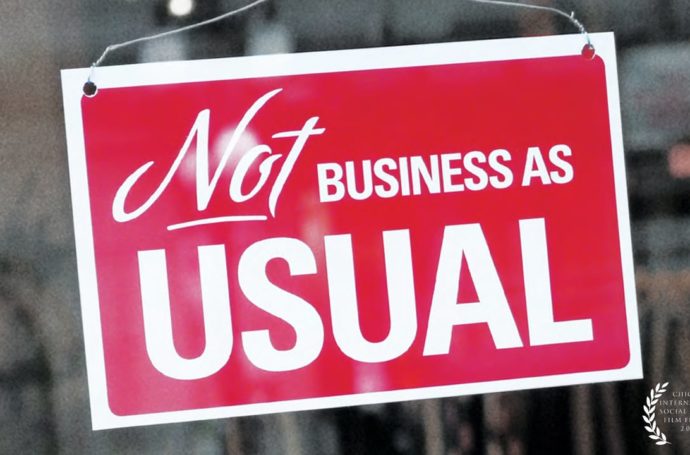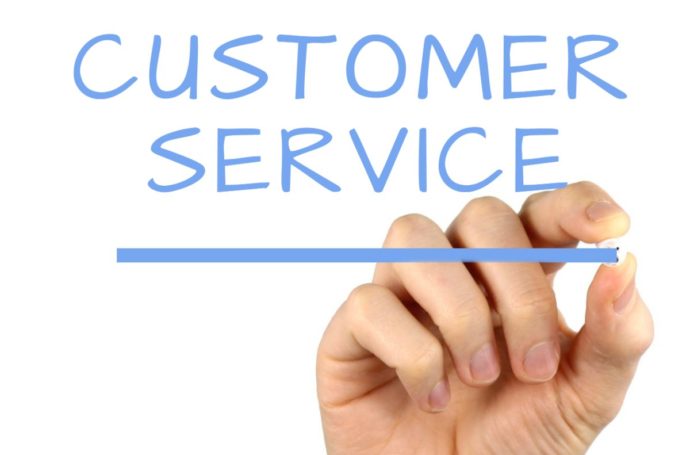
(Image Credit: 123RF / liravega258)
Salespeople are accustomed to prospects evaluating them and may assume that is the sole purpose of their meeting. However, sales professionals should get into the habit of evaluating their prospects as well. This helps them determine the worthiness of each one based on how much time, resources, and attention he or she will require throughout the sales process. After weighing this against the potential return, the sales representative should have a better idea of which leads to pursue and which ones to thank for their time and move on.
Questions to Help Determine the Most Valuable Prospects
Both parties should ask questions of each other during the initial meeting. This is the only way they will know whether it’s a good fit. It can be more challenging for sales representatives to know what to ask since they’re usually the one answering the questions. Here are three questions to help them get into the right frame of mind for every meeting:
- What problem are you trying to resolve with the product or service my company has available? Most company leaders don’t even consider spending money until a problem becomes too significant to ignore. The salesperson should sense at least a little bit of desperation for a solution during the initial meeting. Without a significant problem to resolve, the sales prospect could be doing little more than window shopping. Unfortunately, this isn’t a good use of the salesperson’s time or resources.
- How have you tried to resolve this problem in the past? If the prospects answers that he or she hasn’t done anything about it until now, the salesperson may need to work a bit harder to find the ideal solution. By probing what hasn’t worked as an effective solution, he or she can steer clear of the same mistake and present a more targeted resolution. The sales professional should also ask the prospect to envision what would happen if he or she did nothing about the problem.
- Have you prepared a budget for this project or do you expect to soon? It’s a big waste of time to go through the qualification process only to learn that the prospect hasn’t been authorized to spend the required amount on the product or service. There’s nothing wrong with asking whether a budget has been approved or when the prospect expects to receive approval for the expense.
Create a Winning Pricing Strategy
All customers want to receive the best value for the lowest price. It’s the salesperson’s job to convince his or her prospect of the value in the product or service and minimize the focus on cost. A business that continually sells at the lowest price in the industry may not remain profitable for long. When considering selling price, company leadership needs to consider whether it encourages structures that ultimately prove unprofitable.
For example, selling at a volume discount brings in customers but not necessarily as much profit as the company would like. What sales managers can do instead is create incentives that align with pricing realities. Taking control through customer value-based pricing means looking at ways to reduce the cost to serve customers while still exceeding their expectations. Customers who don’t feel like they are getting their money’s worth may not say anything, but they will send a loud message by taking their business elsewhere.

















